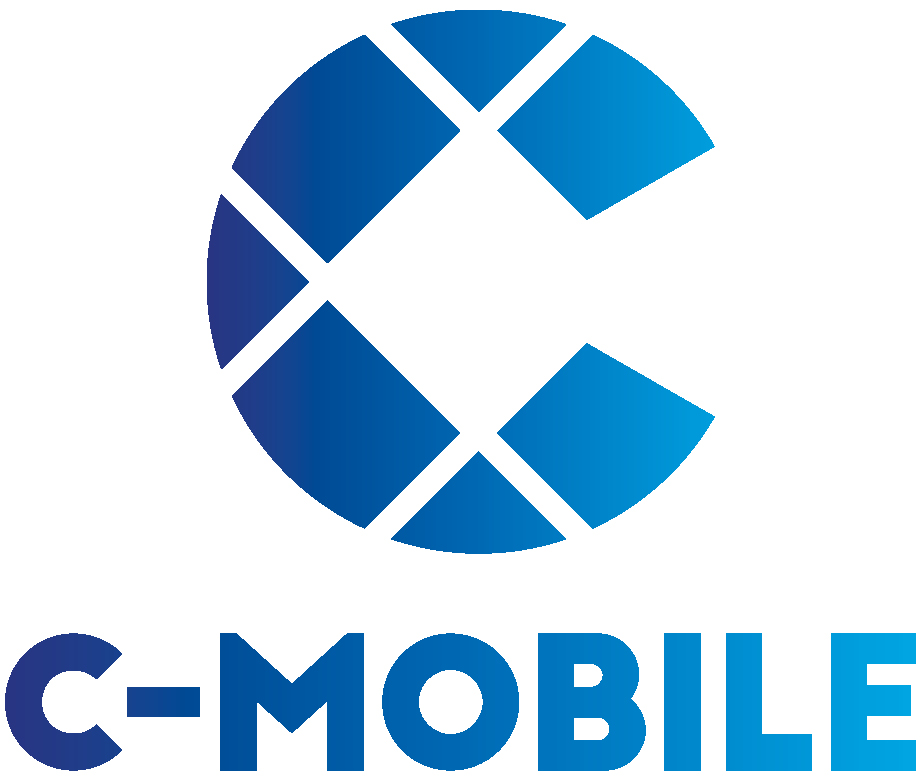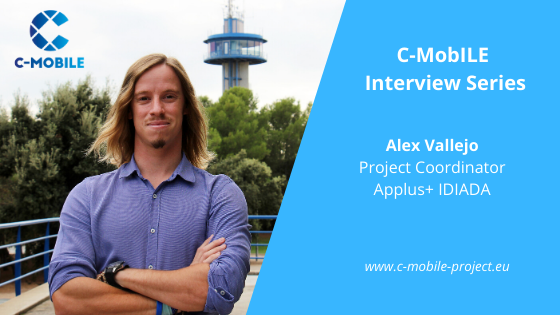In this new series of interviews, we look at C-MobILE advancements and get to know better the project Partners and their role in driving deployment of C-ITS solutions forward. In this first interview, we talk to the project coordinator Alex Vallejo from Applus+ IDIADA, a Spanish-based company which offers design, testing, engineering and homologation services to the automotive industry worldwide.
Applus+ IDIADA is coordinating C-MobILE, which will contribute to create a safer, more efficient, and more sustainable European road network. With 37 partners and 21 services deployed, it is a very ambitious project; what does it mean for IDIADA to lead C-MobILE?
IDIADA is proud to coordinate such a reference project in the C-ITS deployment road map. At IDIADA we believe that connected vehicles and ITS will be a game changer in improving mobility in Europe and beyond. C-MobILE is aligned with our strategy on cooperative, connected and automated mobility and our vision to support the further deployment of these services. We also believe that C-MobILE will help the European industry – and therefore also IDIADA – to improve its competitiveness worldwide.
What do you hope to achieve with this project? As a company, but also for society in general?
As an engineering services company, we must have a solid, up-to-date portfolio to provide our clients with reliable solutions for the latest mobility problems. C-ITS solutions are a part of our products and, with C-MobILE, we will strongly improve and expand them. We want that the services that we are currently developing within the project become part of the mobility solutions of the future, and help people move from one place to another more safely, efficiently and sustainability.
What kind of experience did you have in the field before embarking on the C-MobILE project?
I have been working in the connected and automated driving sector for over five years. I have been involved in systems design and testing, software development and project management activities. During all that time, I carried out different national and international R&D projects.
What do you think is the most exciting aspect of C-MobILE?
Definitely the possibility to bring new mobility services and technologies, which have been researched for many years, to society. The C-MobILE results will contribute to paving the way for an efficient, interoperable large-scale C-ITS deployment in Europe, thus boosting mobility not only in cities, but also in the whole European transport network.
C-MobILE is deploying C-ITS services in nine European cities and regions. What has been your experience working with public authorities so far?
Involving them is fundamental; cities are where most mobility challenges are presented so, if we want to provide useful services, we need them on board to know about their issues and priorities. Working with them helps us understand their position and their main concerns. Their interest in the C-MobILE services is a first sign of alignment and, as early adopters, they play a crucial role in the project. They will be the reference for other cities wishing to adopt the C-MobILE services in the future.
Closer to home, one of the C-MobILE deployment sites is in Barcelona, near IDIADA’s facilities. What are the changes that you see in urban mobility in the city of Barcelona? How can the C-MobILE services support the mobility policies of the urban area? Why do you think Barcelona stands as an example in mobility and traffic management policy?
More than 1,7 million people live in Barcelona, a number that increases to 3,2 million if we consider its metropolitan area. This directly presents many mobility challenges for the city and its surroundings, e.g. ensuring easy, fluid accesses for all those who are working there but living outside, an efficient public transport network to reduce emissions and congestion, etc.
The C-MobILE services aim to help the city to address its challenges and reach its mobility and sustainability objectives, e.g. reducing travel times, traffic congestion, pollution, increasing road safety, etc. Barcelona is recognised as one of the best smart cities in the world. Urban mobility is part of the local smart city programme and at IDIADA we want to do our part to help providing the city and its metropolitan area with the latest, advanced mobility technologies, which in this case are the C-MobILE C-ITS services.
At this stage of C-MobILE, what are the next challenges coming up? What is coming next?
The services are in their last implementation stage and the cities are starting the large-scale deployment. The biggest challenges for this last year are the interoperability of the services among the cities and the engagement of end-users. We will be continuously improving the quality of the services, so we need a critical mass of users that will help us obtain feedback to evaluate the impact, both on society – users and stakeholders – and road transport.
What results do you foresee at the end of the project?
Summarising, our first main objective is to deploy the services in all the cities, those being interoperable and used by thousands of users so we can show the other European cities and stakeholders the benefits of C-ITS for their regions and organisations. Our second main objective is that such results are considered by the different standards development organisations to pave the way towards a common, standardised European strategy for market-ready C-ITS. We are working hard to meet both successfully at the end of the project.
Alex Vallejo is Project Manager at the Electronics department in Applus+ IDIADA. He holds a Telecommunications and Audio-visual Systems Engineering degree by the Universitat Politècnica de Catalunya (UPC, Barcelona). Alex Vallejo has previously worked on the development of computer vision systems, web applications and database development and management. Currently his main activities are focused on R&D in the field of Connected and Automated Driving, being involved in both management and development tasks, including participation in EC-funded research programmes.


